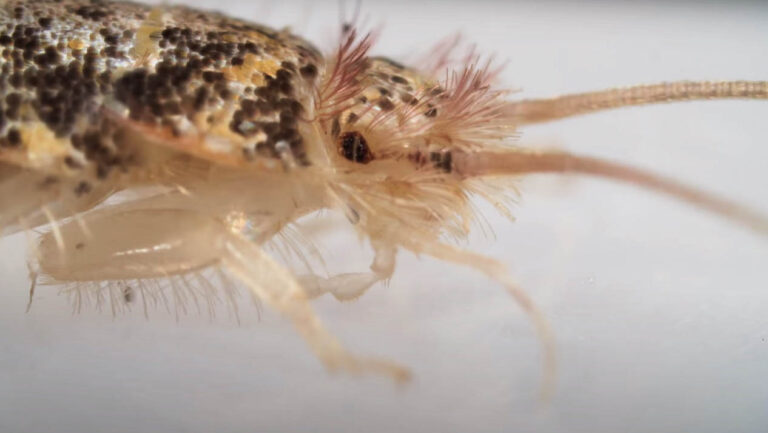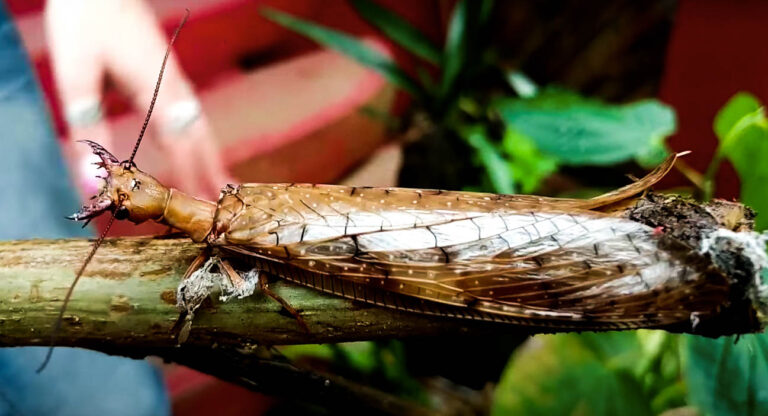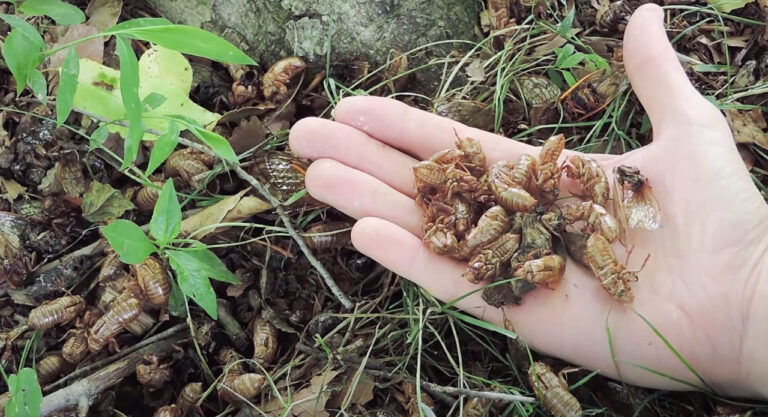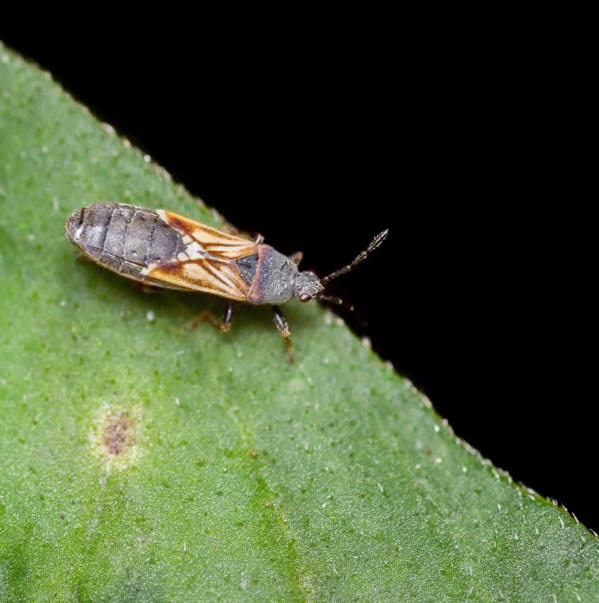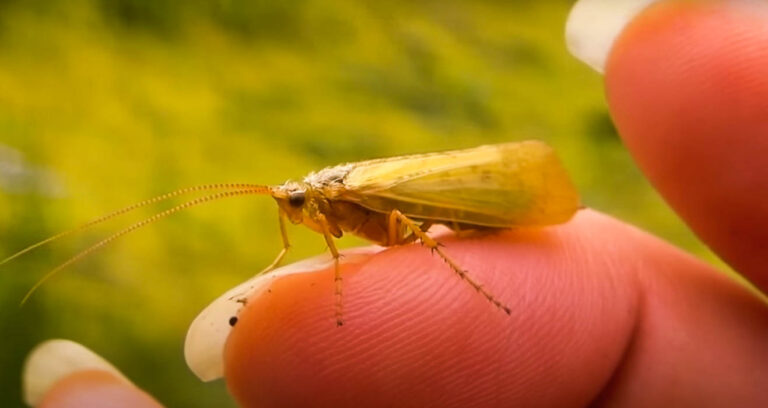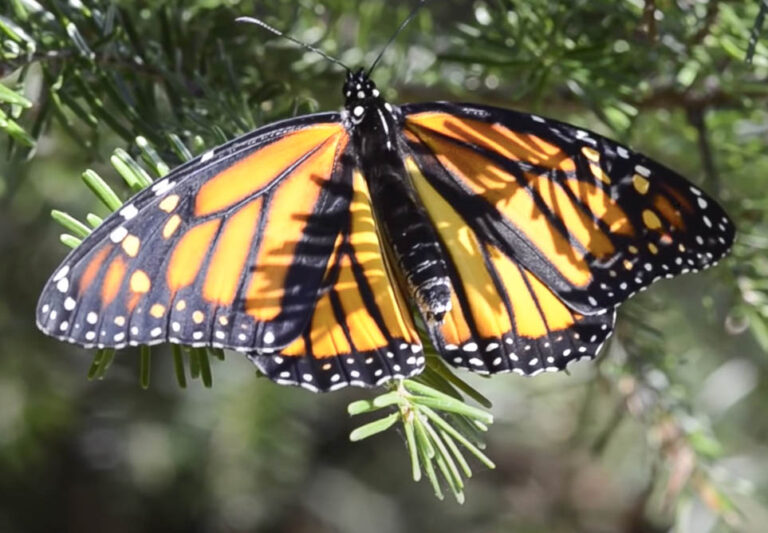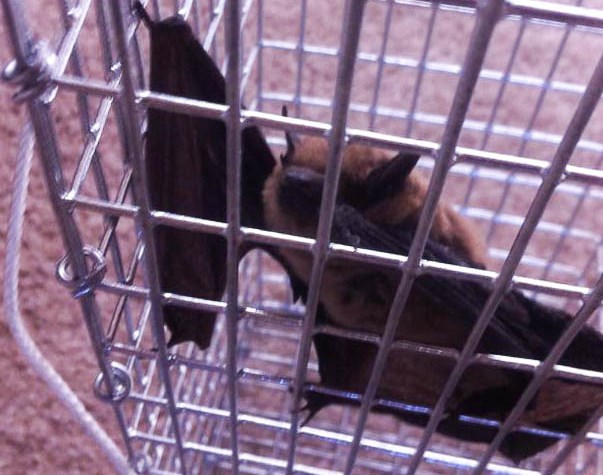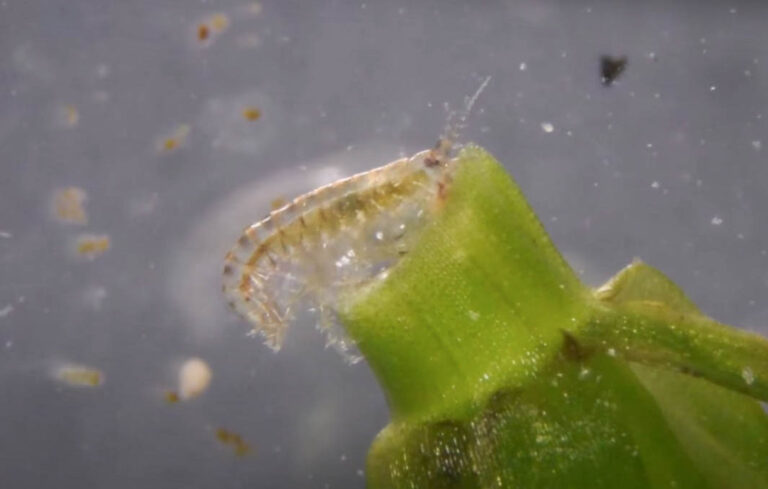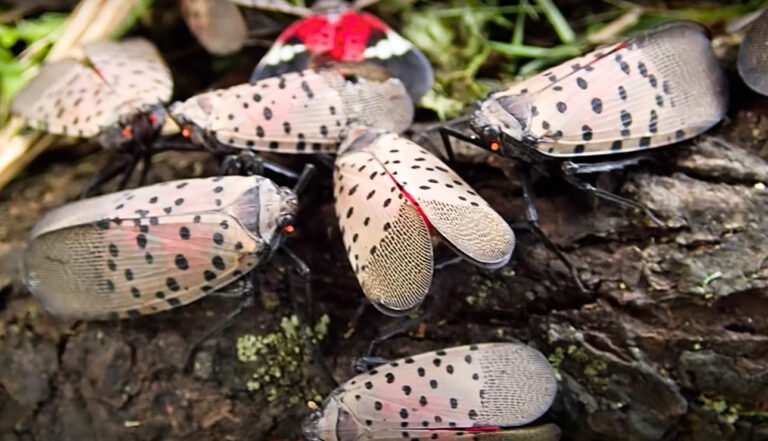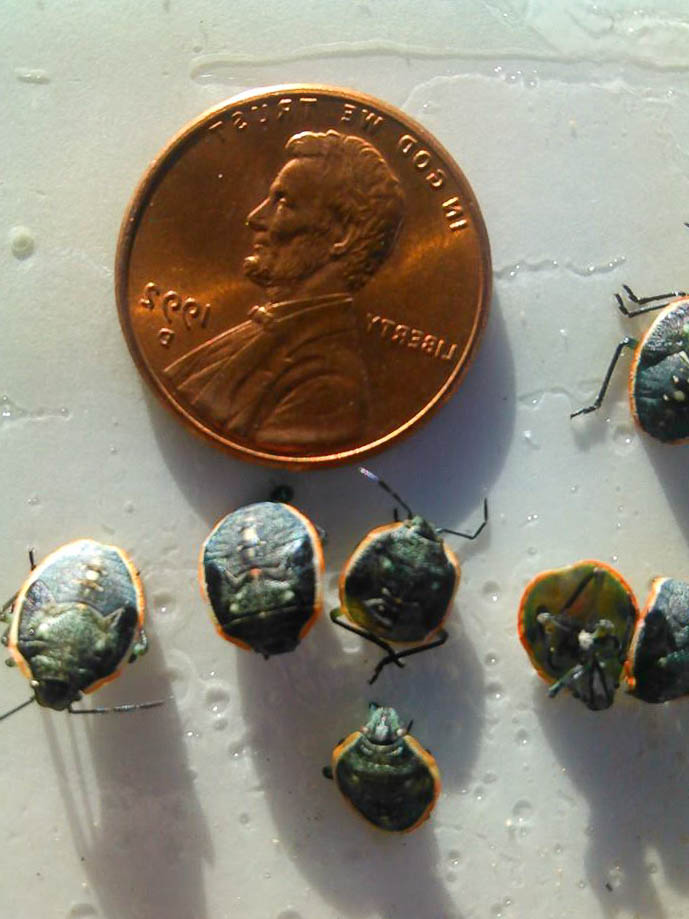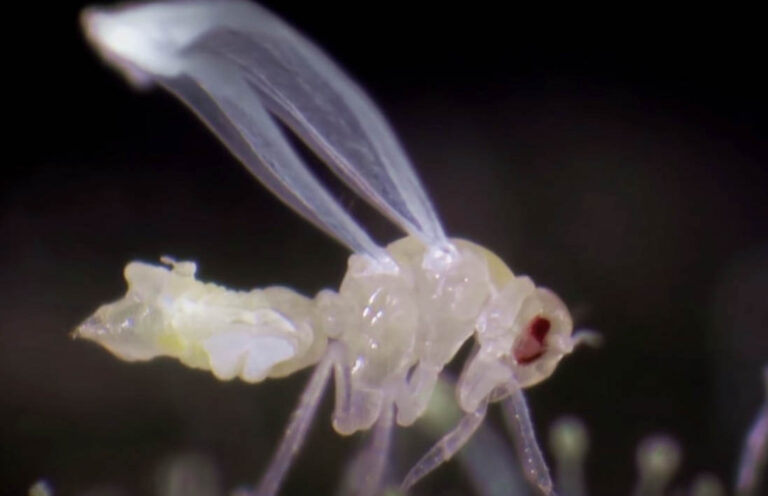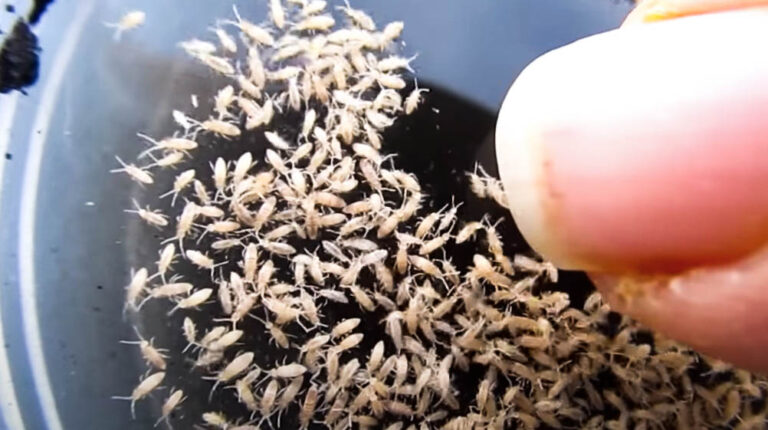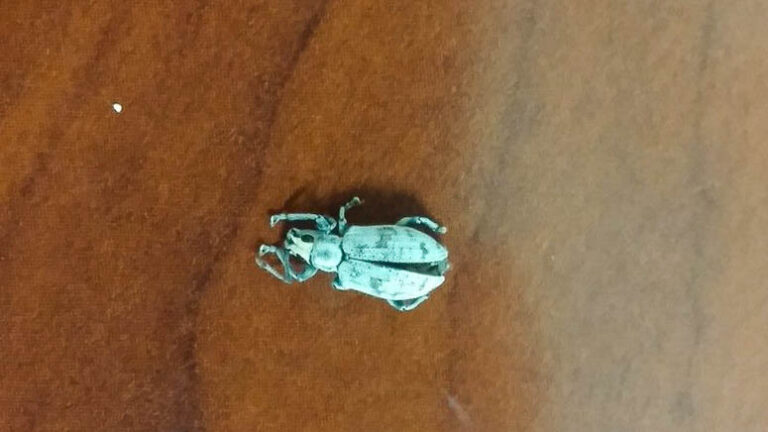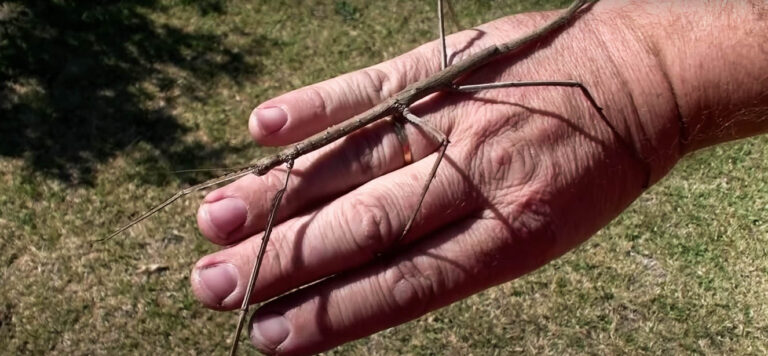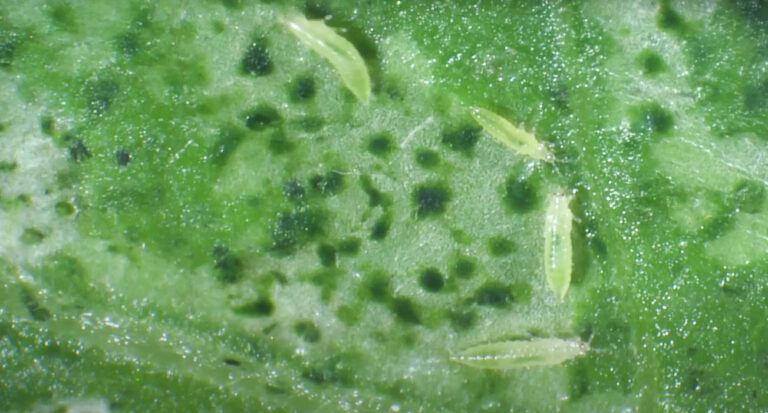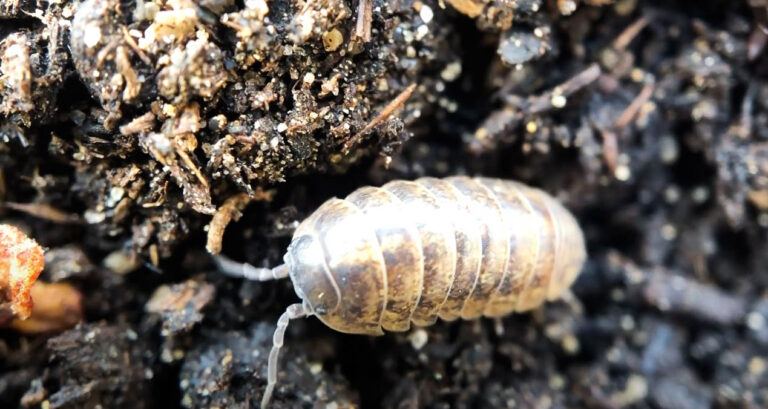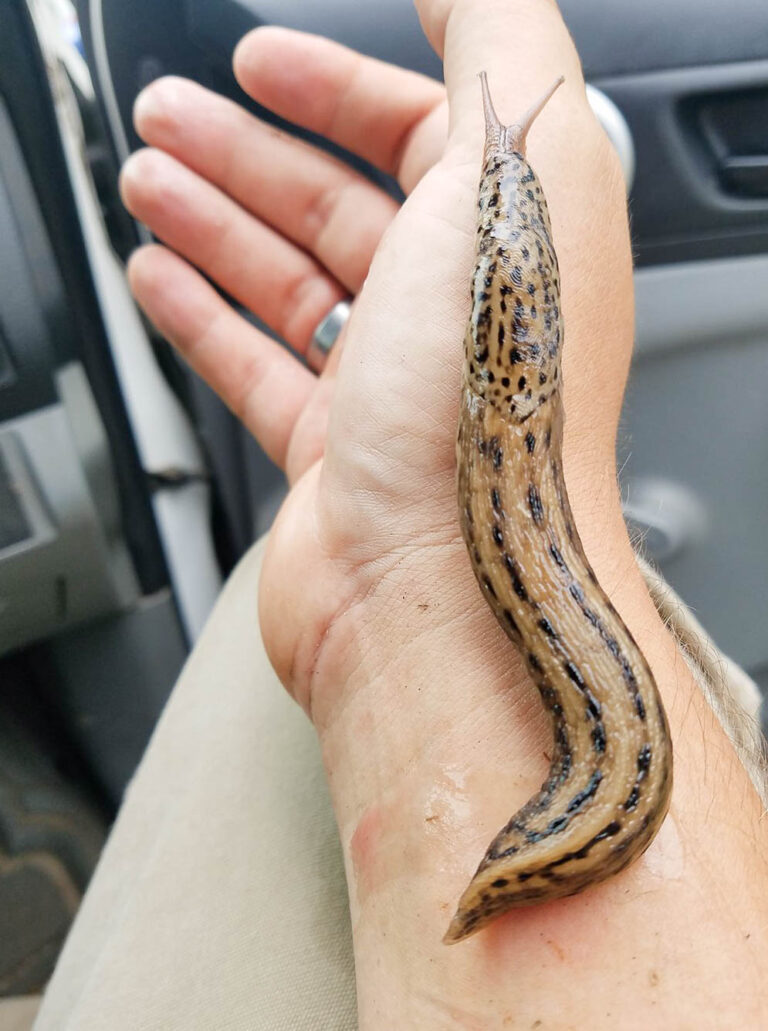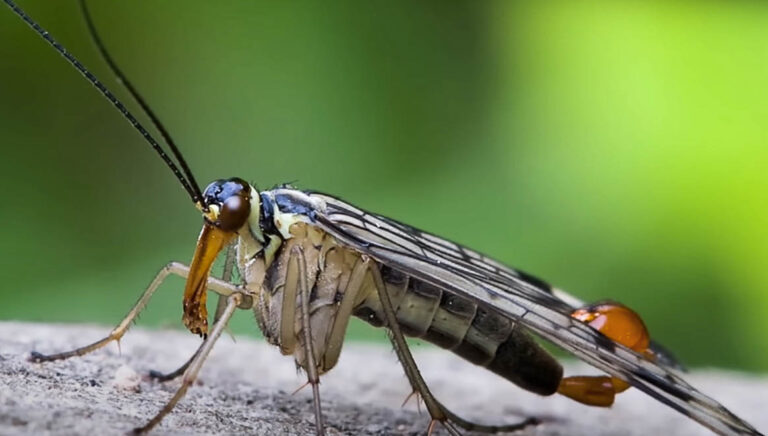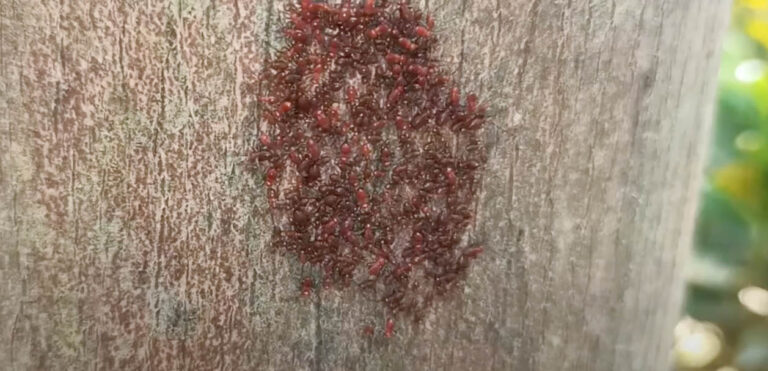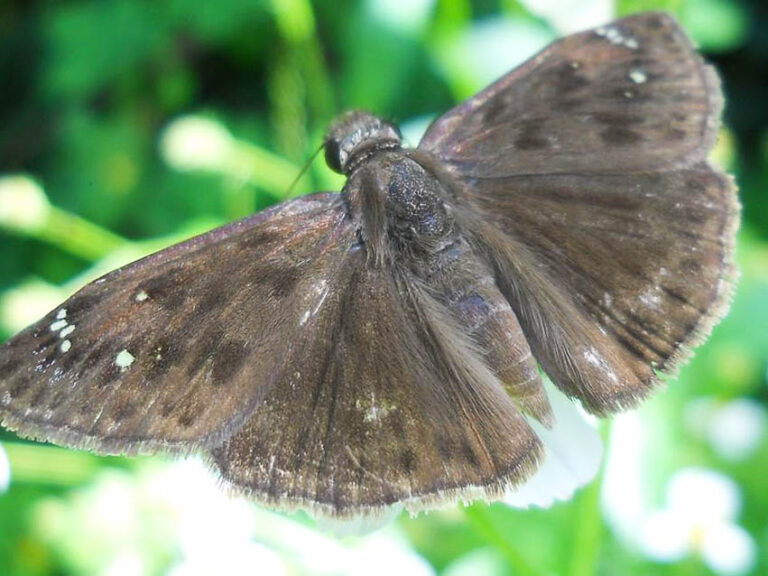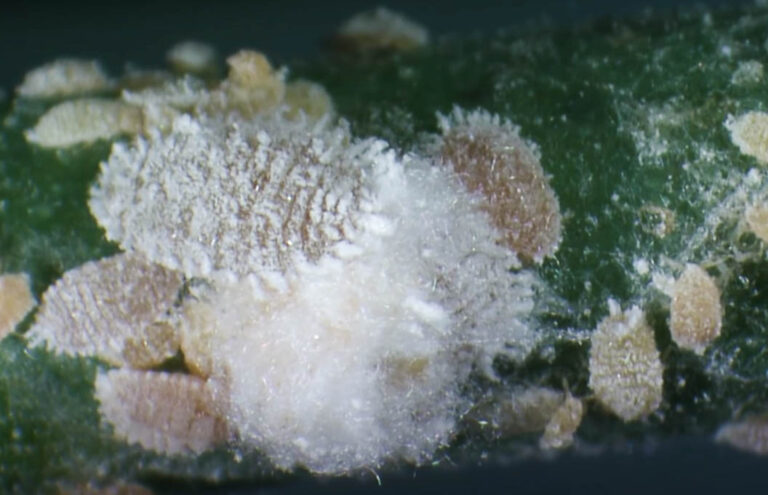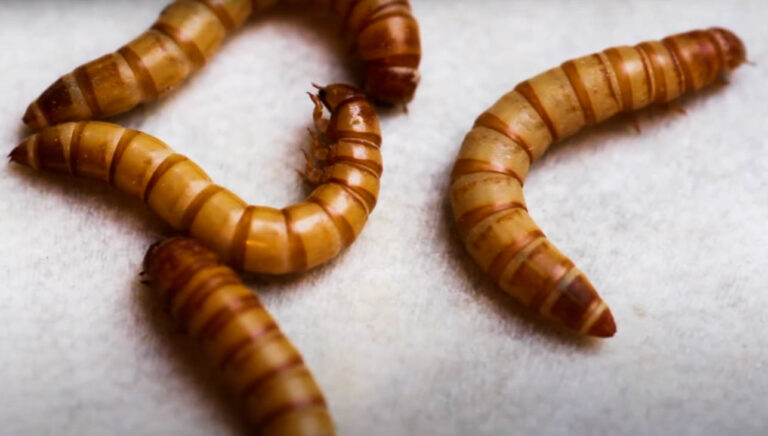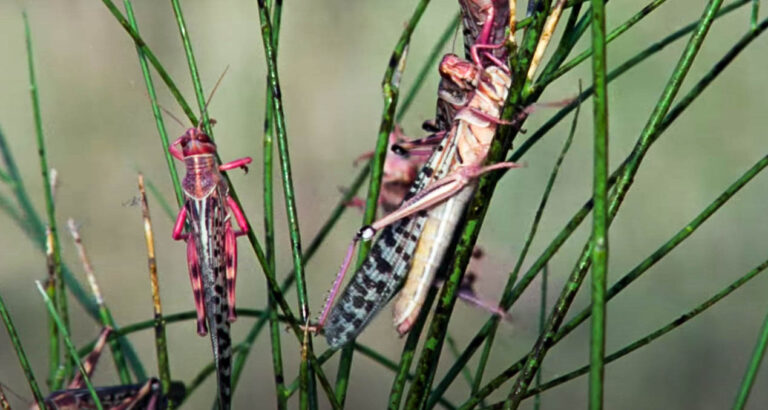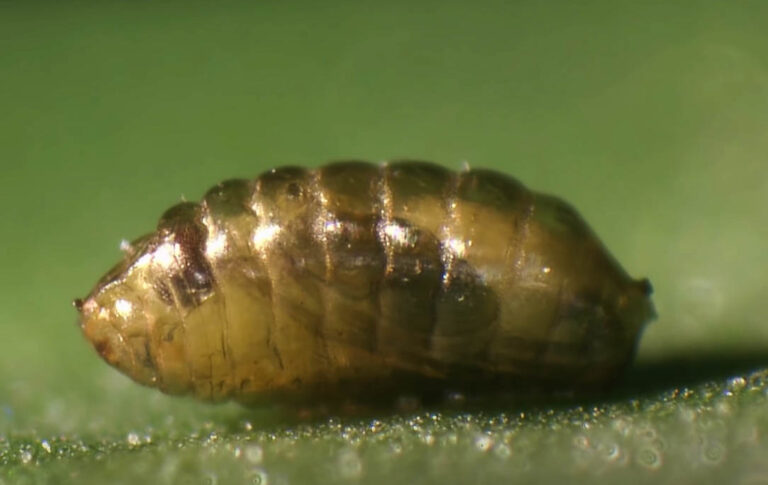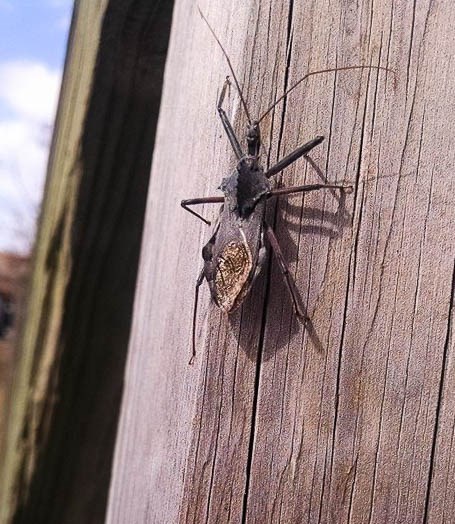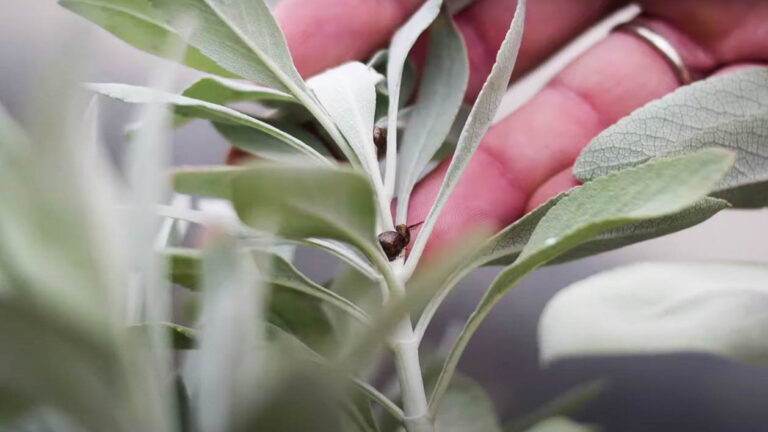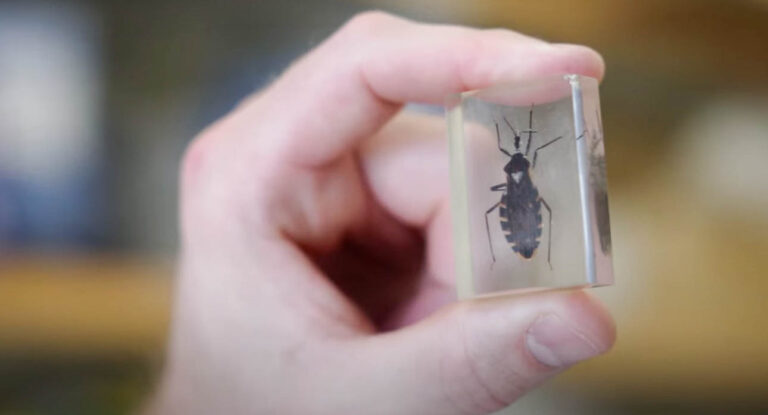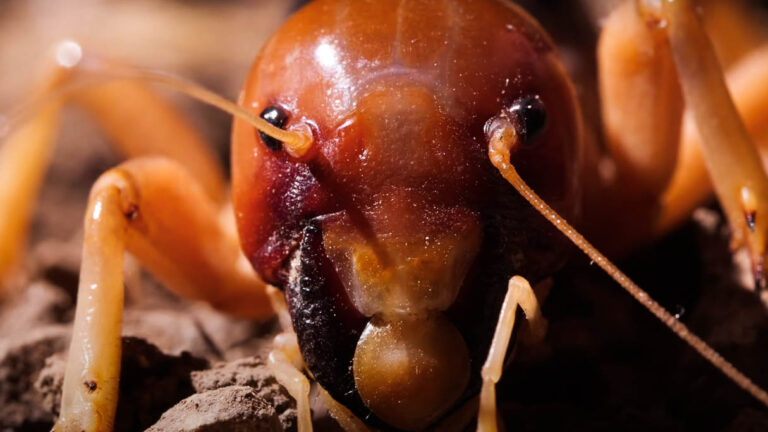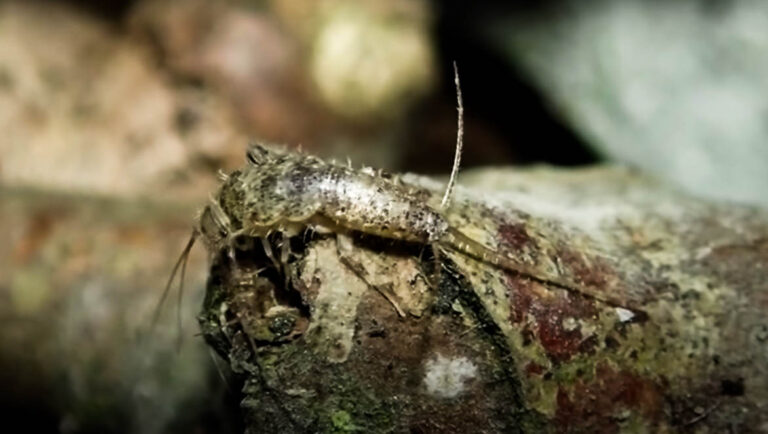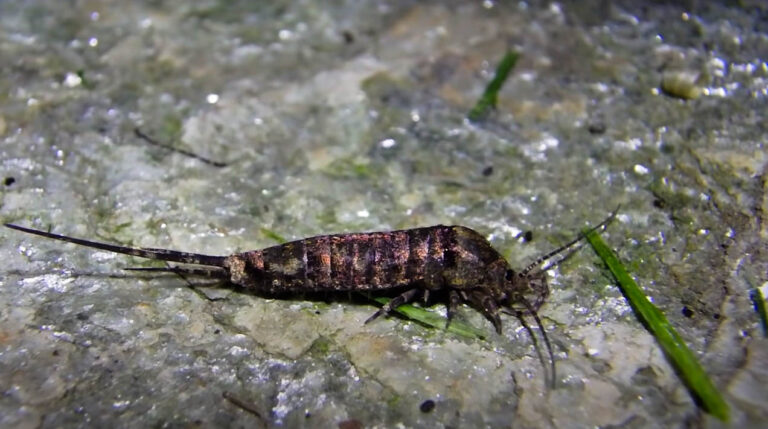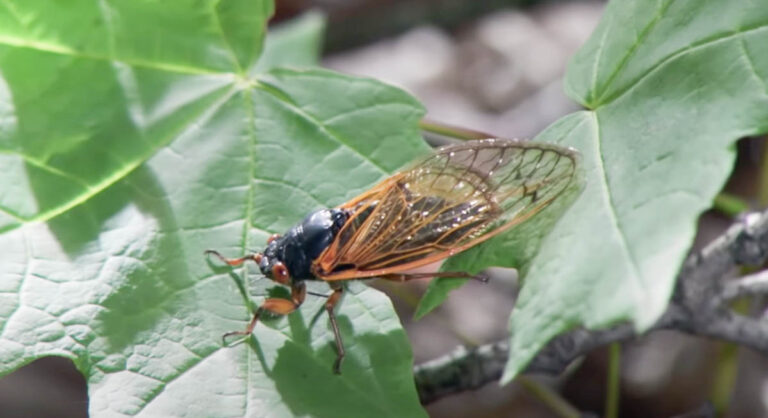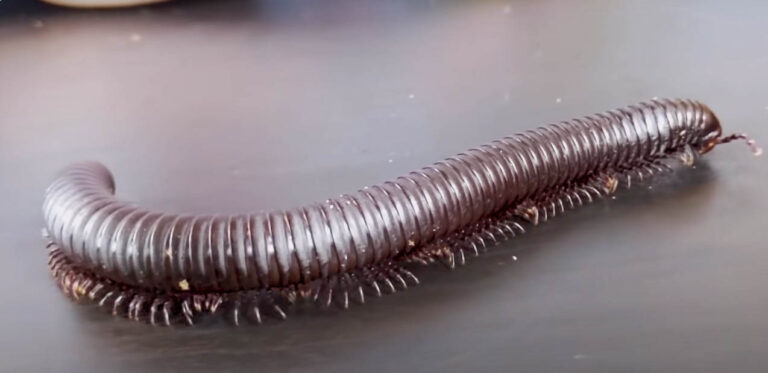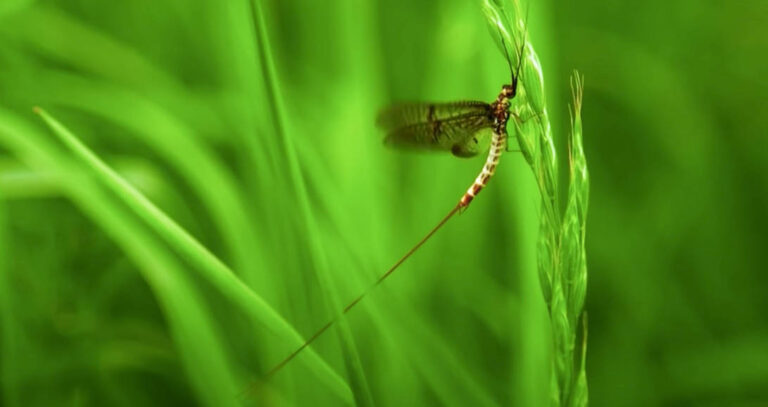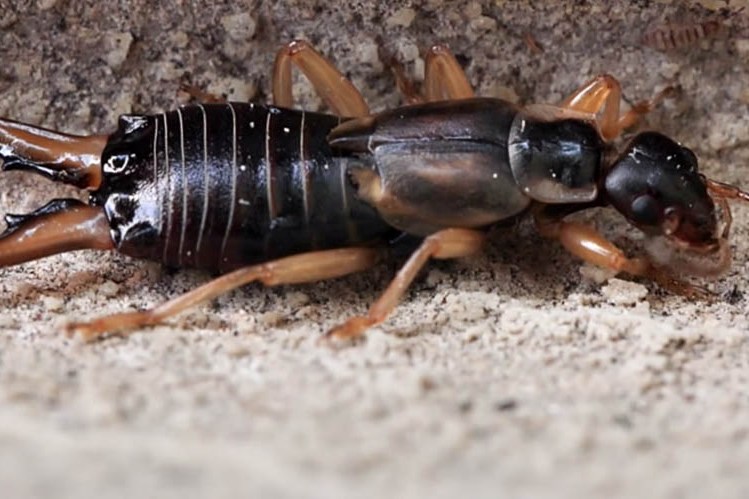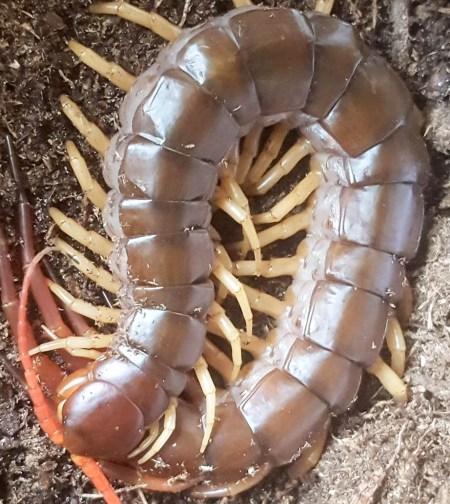About Mayflies
About Mayflies
Overview
The mayfly belongs to the order Ephemeroptera of the class Insecta, which is under the phylum Arthropoda. The order Ephemeroptera is part of an ancient insect group called the Palaeoptera. Apart from mayflies, dragonflies and damselflies fall under this group. These ancient looking insects have an extremely short lifespan, but they spawn in large numbers during summer months. The mayfly, popularly known as shadfly or fishfly in the United States and Canada, is an aquatic insect with over 3,000 known species, spread across 42 families.
Appearance
Mayflies are 1-inch-long winged insects with large compound eyes, short antennae, and upright wings. As they mature into adults, they develop mouthparts and digestive tracts that do not function. Mayflies, just like butterflies, dragonflies, and damselflies, have two pairs of wings. The mayfly wings are membranous, with a bigger, triangular front pair and a smaller, rounded hind pair. Adult mayflies have either two or three threadlike appendages that sprout out of the end of their abdomen. These appendages form the mayfly’s tail, and they are typically the same or longer than the mayfly’s entire body.
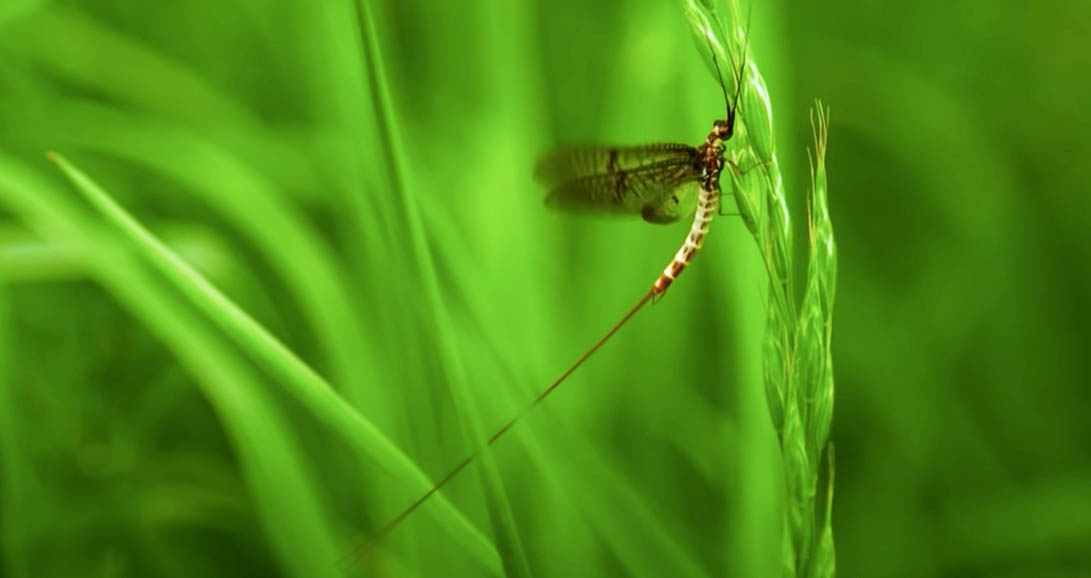
Mayflies are hemimetabolous, undergoing incomplete metamorphosis. However, they are different from other hemimetabolous insects as they go through a life cycle consisting of four stages; egg, nymph, subimago, and imago or adult. Female mayflies lay between 50 to over 10,000 eggs in their lifetime. The eggs vary in size and structure, some being round, oblong, or oval. Females lay eggs in water that settle to the bottom or stick to underwater objects. It takes about two weeks for mayfly eggs to hatch, and the nymphal period may last for almost two years.
The nymphs of some mayfly species use their filamentous gills to create respiratory currents instead of absorbing oxygen. In low-oxygen water bodies, mayfly nymphs will use their filamentous gills primarily for gaseous exchanges. Some mayfly nymphs are herbivores, feeding on algae, detritus, and diatoms. Others are carnivores, feeding on smaller insect larvae and nymphs, as well as chironomids. Some mayfly nymphs can switch feeding patterns as they develop. This makes them able to exploit a vast array of food resources.
The subimago stage lasts anywhere between a few minutes to several days before they molt and turn into adults. Mayflies are the only insect species that molt after growing functional wings. The subimago resembles the imago except for their size differentiation and coloration. The subimago has shorter tails and legs, and their wings have gray, olive, yellow, or blue coloration with heavy pigmentation along the veins.
Behavior
A mayfly’s transformation happens in several ways. In some species, the egg transforms into the nymph underwater, and the subimago swims to the surface, launching itself directly into the air. In other species, the nymph makes its way out of the water then transforms, ready for maturity. Different species have their nymphs burst out of their skin after rising to the surface. They relax for a minute in their cast skin then fly straight into the sky.
Adult male mayflies often gather a few meters above water surfaces with an open sky above them. There, they perform their courtship dance, which is simple, rhythmic up-and-down movements—mayflies mate midair, after which the female lays her eggs and dies. However, several species are ovoviviparous. Egg deposition also varies across species. Some species deposit their eggs by dropping them from high altitudes while others fly close to the water surface to drop their eggs.
Habitat
Generally, adult mayflies have a short lifespan, but it varies from species to species. The Dolania Americana has the shortest adult lifespan among any mayfly species, with females having a lifespan of fewer than five minutes.
Mayflies live around freshwater wetlands. They reside in fast-flowing waters, streams, and lakes. Mayfly nymphs hide among rocks, sediments, and vegetation to escape potential predators. Adult mayflies live short lives, which they spend flying over water bodies.
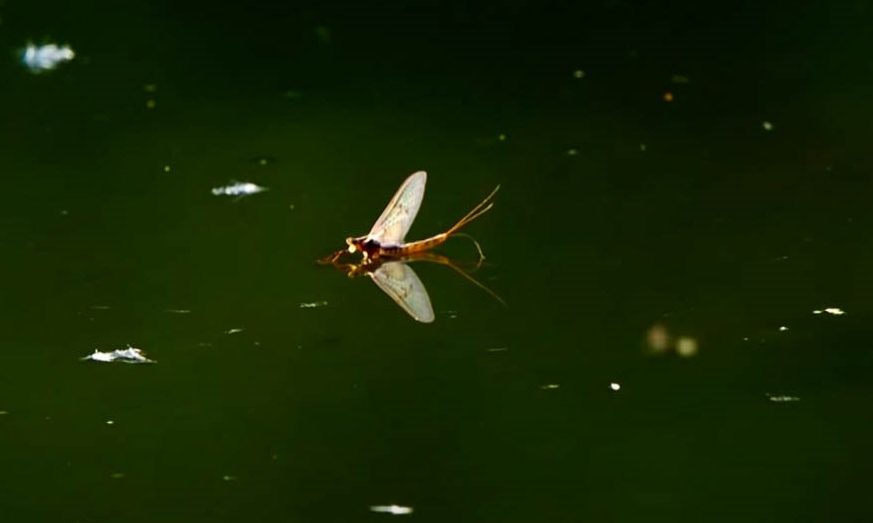
Damage They Cause
Mayflies do not cause any physical harm as they mostly remain under or above water. They do not attack people and will neither bite nor sting you if you get close to them. However, their overwhelming size during the mating season makes it difficult for all road users. Dead mayflies alongside shed skin can cause allergic reactions in people.
Infestation Signs
The only sign of a mayfly infestation is sighting their overwhelming numbers. Since they remain near water bodies, only people who have homes close by will experience a mayfly infestation.
How to Get Rid of Them
Mayflies are not harmful to humans, animals, and plants. However, their huge numbers can create a huge mess. Chemical treatments do not work on them, but you can reduce the numbers around you. White lights attract mayflies, so opt for yellow light bulbs instead of white ones.
Make a habit of cleaning your pond regularly. That way, you reduce the number of mayfly nymphs in it. You can also introduce fish that feed on mayfly nymphs.
You can bring in a pest control expert to help you with the problem. Their technicians will provide efficient treatments that will keep mayflies at bay.

